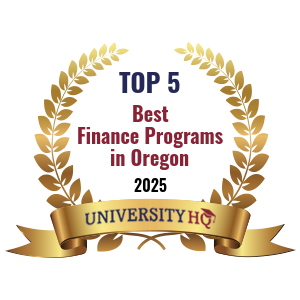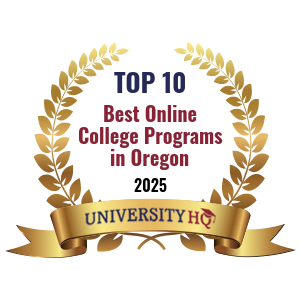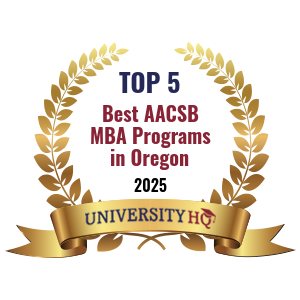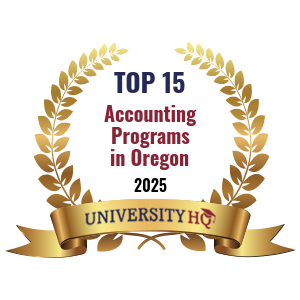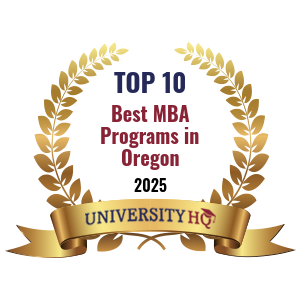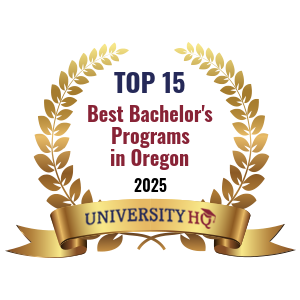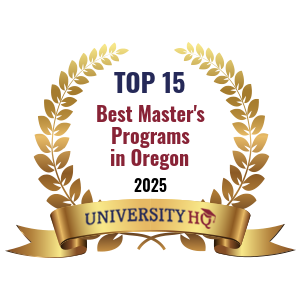Get Matched With Online Colleges
The University of Oregon (UO) is a large, public university located in Eugene, Oregon. The campus is home to over 18,000 undergraduates and close to 4,000 graduate students who pursue degrees in UO's nine schools and colleges. UO may still focus its efforts on traditional campus classes, but it also supports numerous online courses and online degree programs.
Search All Programs
Overview of University of Oregon (UO)
UO students are a motivated bunch who study hard, but they also find time to cultivate a well-rounded education. The Eugene campus offers numerous opportunities for students to gather for social, athletic, and cultural events. The recreation center is a key hub on campus where students can blow off steam after class. There, students can find courts where they can find a pick-up game of basketball, racquetball, squash, volleyball, and more. The rec center is also where students find and play intramural or club sport teams. There are squads fielding teams in soccer, table tennis, disc golf, pickleball, rugby, and others.
For those who enjoy activity, but not necessarily sports, UO offers outdoors adventures for everyone. There are numerous hiking, cycling, climbing, and skiing trips available for all students. The University of Oregon offers students a terrific opportunity to learn a new activity or sport that may become a lifelong passion.
General Information
| School Type | Public |
|---|---|
| Campus Setting | City: Midsize |
| Campus Housing | Yes |
| Student Faculty Ratio | 17:1 |
| Graduation Rate | 74% |
| Year Founded | 1876 |
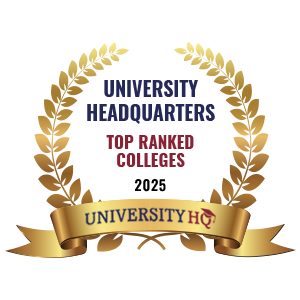
Student Enrollment
Total Students22,517
18,888
3,629
Undergraduate Student
Male 8,688
Female 10,200
Graduate Student
Male 1,669
Female 1,960
Explore Map
Top Rankings For University of Oregon
UO Acceptance Rate and Admissions
APPLICATIONS27,209
ACCEPTANCE22,311
Acceptance Rate82%
Enrollment 4,462
| Admissions | |
|---|---|
| Application Fee | $65 |
| High School GPA | Required |
| High School Rank | Recommended |
| High School Transcripts | Required |
| College Prep Courses | Required |
| Recommendations | Considered But Not Required |
| SAT/ACT | Required |
| TOEFL (Test of English as a Foreign Language) | Required |
| Application Deadline | NA |
| Common Application Accepted | NA |
UO Tuition Cost & Financial Aid
Since the University of Oregon is a publicly funded institution it more easily contains tuition costs for Oregon residents and those who participate in the Western Undergraduate Exchange. Oregon residents see gross academic costs of only $16,000, while those paying out-of-state tuition pay upwards of $42,000 for class credits, books, and other supplies. Once living expenses are tallied, those paying in-state tuition pay around $30,000 to live off campus and $33,000 to enjoy campus amenities. Non-residents see total gross costs for off-campus living of around $57,000 and on-campus costs hovering around $60,000. Of course, this is before the financial aid office applies their magic.
Once the financial aid office completes its work, the average net price for a year of study and life at UO is under $19,000. Those at the lower end of the income spectrum only pay net costs of $14,000, while households with annual income in excess of $110,000 have a net price tag that's under $26,000. The median average net price for a year at UO is then under $16,000.
| Average net price | 2018-2019 |
|---|---|
| Net Price | $16,080 |
| Average Total Aid | $9,946 |
| Students Receiving Financial Aid | 77% |
| Room & Board | $12,400 |
Sticker Price
- Tuition In-State - $12,720
- Tuition Out-of-State - $36,615
- Books and Supplies - $1,178
- Room & Board - $12,400
- Other - $2,466
Academics
The University of Oregon is the state's premier public institution of higher learning. As such, it has a strong academic reputation. To measure UO's academic prowess, our researchers took a look at its academic statistics including its retention rate, graduation rate, among other data.
The retention rate is an important metric because it shows how many first-time, full-time students returned to the Eugene campus for a second year. Researchers found that a stunning 87% were retained for a second year and 73% of part-time students returned, which is an uncommonly high percentage. This means that these first-time students and their families were pleased with UO's faculty, curriculum, and campus resources.
When it comes to the long-haul, UO students still stack up positive numbers. Researchers discovered that a very strong 74% of UO students study hard and walk away with a diploma. Given their strong academic training, it's certain that graduates proceed to create brilliant careers of their own making.
Part of this success may be due to UO's ability to contain class sizes. The average class on this huge campus only has 20 students. This means that all those entry-level courses that first-year students take aren't as packed as they are at other schools. Thus, students can more easily approach instructors with questions and other feedback on their performance.
Retention
Rate
4 year
Graduation
Rate
6 year
Graduation
Rate
Student Population Total
Student Population 22,517
18,888
3,629
Most Popular Programs & Majors
(# of Diplomas Awarded by Subject)
| All Social Science Majors | 996 Total Graduates / 22% |
|---|---|
| Social Sciences, General | 371 Graduates |
| Economics, General | 263 Graduates |
| Political Science and Government, General | 166 Graduates |
| Sociology, General | 117 Graduates |
| All Business Majors | 645 Total Graduates / 14% |
| Business/Commerce, General | 521 Graduates |
| Accounting | 124 Graduates |
| Communication, Journalism, and Related Programs | 594 Total Graduates / 13% |
| Advertising | 285 Graduates |
| Public Relations/Image Management | 169 Graduates |
| Journalism | 124 Graduates |
| Mass Communication/Media Studies | 16 Graduates |
| All Biological & Biomedical Majors | 349 Total Graduates / 8% |
| Physiology, General | 209 Graduates |
| Biology/Biological Sciences, General | 105 Graduates |
| Biochemistry | 25 Graduates |
| Marine Biology and Biological Oceanography | 10 Graduates |
| Visual and Performing Arts | 341 Total Graduates / 7% |
| Intermedia/Multimedia | 75 Graduates |
| Film/Cinema/Media Studies | 64 Graduates |
| Art/Art Studies, General | 56 Graduates |
| Music, General | 39 Graduates |
| All Other Diplomas | 36% |
Outcome & Salary
University of Oregon's students often wonder how their hard work will pay off in the working world. While an education is never a guarantee of a job or career, our researchers looked at how UO's alumni have fared. Of the top earning degrees, computer and information sciences students have fared the best, reporting a median income of over $80,000 in their first years. The fifth-highest earning alumni were from the architectural sciences and technology department, and they reported earnings in excess of $56,000. The third highest earners were business students who reported a median salary of $58,000. Note that median salaries don't include additional compensation, such as bonuses or benefits.
| Graduates Salary | |
|---|---|
| College Grads Early Career Salary | $52,700 |
| College Grads Average Salary | $65,616 |
| College Grads Mid Career Salary | $98,800 |
| Return on Investment (ROI) | |
|---|---|
| 10 Year Salary Earnings Potential | $656,160 |
| 20 Year Salary Earnings Potential | $1,644,160 |
| Cost of Education (Net Price) 4 Year | $64,320 |
| 10 Year Projected ROI | $591,840 |
| 20 Year Projected ROI | $1,579,840 |
| No College Education Salary Comparison | |
|---|---|
| National Average Salary | $38,792 |
| 10 Year Projected Income | $387,920 |
| 20 Year Projected Income | $775,840 |
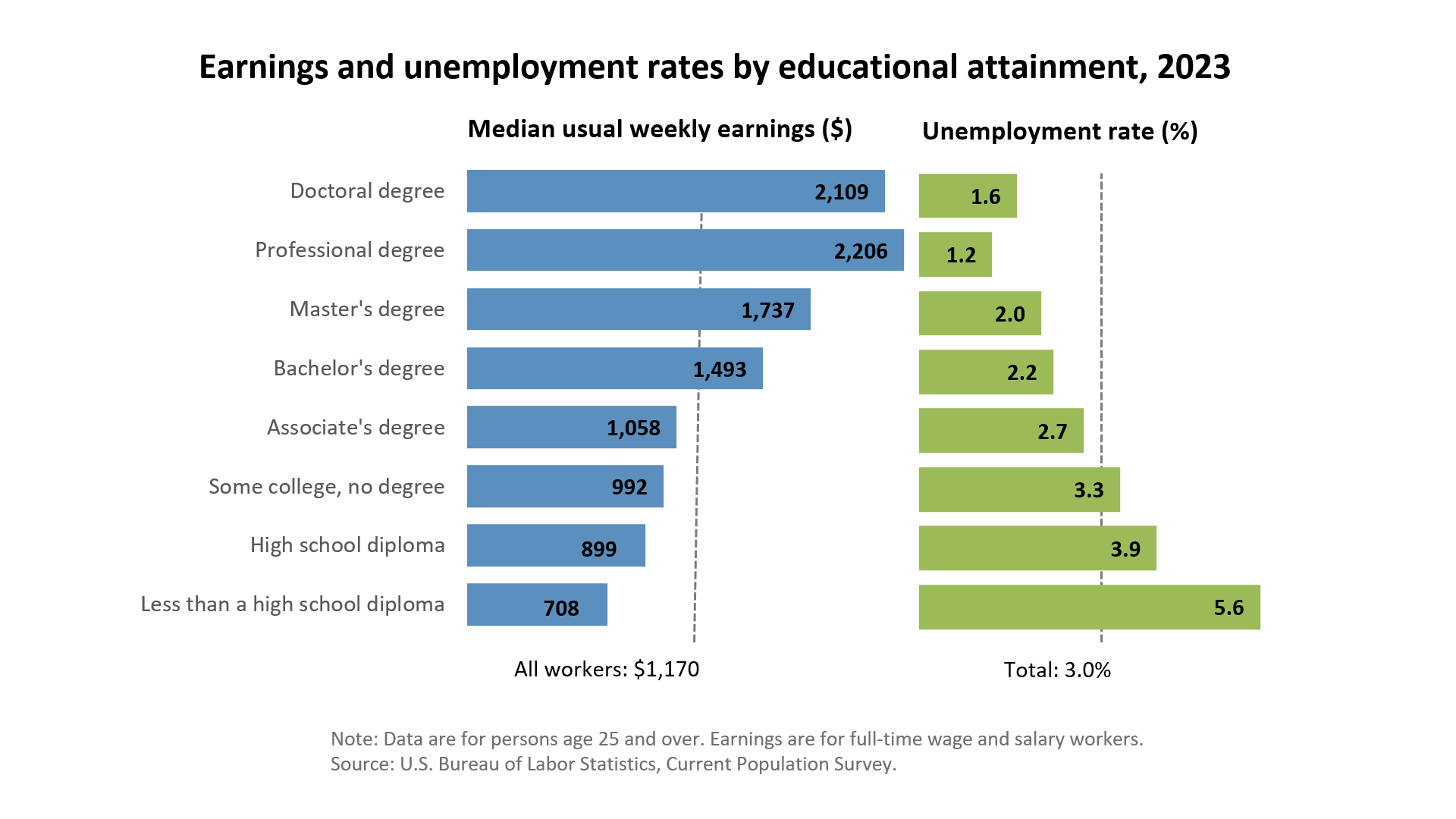
Photos & Videos
sources:
Related Top College Resources

